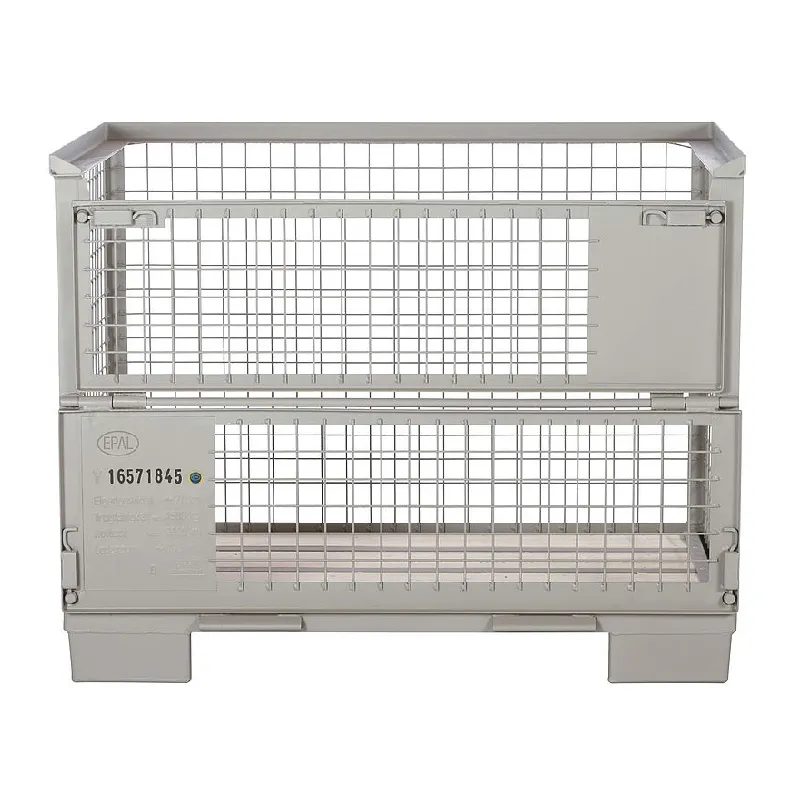Exploring the Benefits and Applications of FRP Grill Technology in Modern Design
The Versatility and Benefits of FRP Grills
In the world of construction and infrastructure, the choice of materials can greatly influence both performance and durability. One such innovative material that has gained traction in recent years is Fiber Reinforced Polymer (FRP). Among its various applications, FRP grills stand out due to their unique characteristics, making them an ideal choice for a wide range of environments and uses.
Understanding FRP
Fiber Reinforced Polymer is a composite material made of a polymer matrix reinforced with fibers, typically glass, carbon, or aramid. This combination results in a lightweight yet extremely strong material that is resistant to corrosion, chemicals, and extreme environmental conditions. As urban infrastructure increasingly faces challenges from natural elements and human activities, the need for reliable materials becomes paramount. FRP products, including grills, offer a practical solution.
Applications of FRP Grills
FRP grills are widely used in numerous industries. In wastewater treatment facilities, for example, the grills serve as walkways and platforms due to their ability to withstand harsh chemicals without deteriorating. Their non-corrosive properties help maintain structural integrity and safety in environments where traditional materials would fail.
Moreover, FRP grills are utilized in industrial plants and chemical facilities where heavy loads and exposure to aggressive substances are common. Their ability to bear significant weight while remaining lightweight allows for the design of more efficient and safer installations. In the construction of bridges and pedestrian walkways, FRP grills also provide an alternative to metal or wood, reducing maintenance costs and increasing the lifespan of structures.
Benefits of FRP Grills
frp grill

1. Corrosion Resistance One of the defining features of FRP grills is their resistance to corrosion. In areas with high humidity, chemical exposure, or saline environments, traditional materials can degrade quickly. FRP grills can last significantly longer, minimizing the need for replacements and repairs.
2. Lightweight Compared to metals, FRP grills are much lighter, which simplifies installation and reduces load on structural components. This attribute is particularly beneficial in applications such as rooftop installations where weight restrictions are critical.
3. High Strength-to-Weight Ratio Despite being lightweight, FRP grills exhibit excellent strength, making them suitable for demanding applications without compromising performance. This attribute allows engineers to design thinner and more efficient structures.
4. Safety FRP grills can feature a slip-resistant surface texture, enhancing safety in environments prone to wet or oily conditions. This characteristic is vital in industrial settings where slips and falls can lead to serious injuries.
5. Aesthetic Appeal Available in various colors and finishes, FRP grills can be customized to meet specific aesthetic requirements. This capability enables architects and designers to incorporate functional elements without sacrificing visual appeal.
6. Environmental Factors FRP materials are environmentally friendly as they can be recycled and are often produced using sustainable practices. This consideration is increasingly important in modern construction, aligning with global sustainability goals.
Conclusion
The use of FRP grills marks a significant advancement in material science within the construction and infrastructure sectors. Their combination of durability, strength, and versatility makes them an excellent choice for a variety of applications, from industrial settings to architectural projects. As industries continue to seek materials that can withstand the test of time while being environmentally friendly, FRP grills are poised to play a crucial role in the future of construction. With ongoing advancements in technology and materials science, the benefits of FRP grills are likely to become even more pronounced, offering innovative solutions to meet the challenges posed by modern engineering demands.
-
The Smarter Choice for Pedestrian AreasNewsJun.30,2025
-
The Gold Standard in Round Drain CoversNewsJun.30,2025
-
The Gold Standard in Manhole Cover SystemsNewsJun.30,2025
-
Superior Drainage Solutions with Premium Gully GratesNewsJun.30,2025
-
Superior Drainage Solutions for Global InfrastructureNewsJun.30,2025
-
Square Manhole Solutions for Modern InfrastructureNewsJun.30,2025
-
Premium Manhole Covers for Modern InfrastructureNewsJun.30,2025
